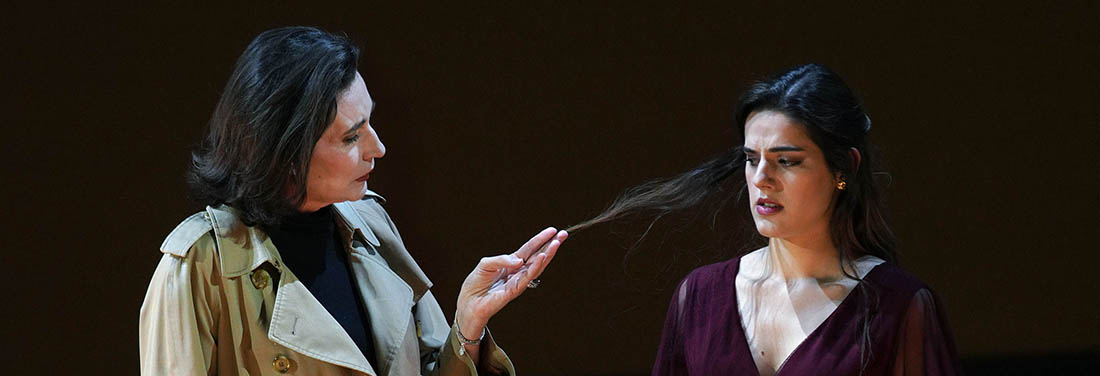
Compared to other modern productions—Carrie Cracknell’s relocating Carmen to America at the Met or Daniel Schlosberg’s jazz-influenced new arrangement at Heartbeat Opera—she relied on textual elements from librettists Meilhac and Halévy, as well as musical elements from Bizet’s melodies and orchestration. This interpretation—not expanding issues in Carmen to modern society but addressing her critical response to Bizet—not only adds depth to one of the most popular and performed operas, but also sets a new standard for how Austin Opera portrays women, along with the highest sales in the company’s history.
Producing Carmen in the twenty-first century requires each director to make their own choices for depicting Carmen in a number of ways, from a nomadic Romani woman to an individual with her own strength. Herman presented Carmen as a woman who asserts control over “her own body, story, and destiny,” boldly shifting the opera’s perspective from Don José’s to Carmen’s and portraying Carmen as “a fully realized, fallible, and human woman.”
Bizet created this opera from Don José’s point of view, framing it as a cautionary tale for civilized society about the risks of falling for the strange, tempting delights of “outsiders.” In this setting, Bizet composed Carmen to fulfill his secure fantasy, while Carmen’s inner motivations were less significant than what she provoked in the people around her. However, Herman’s production tempts audiences to see Carmen as a woman of conviction rather than projecting their fears and desires onto her as an exotic “other.” For example, in Act II, Marcella Barbeau’s lighting demonstrates a contrasting tactic by alternately lighting Carmen and the people at Lilas Pastia’s tavern as Carmen strolled around the room, worried about Don José in the prison, as the others laughed and enjoyed the dance and beer. This contrasting highlighted how much emphasis this production placed on Carmen’s inner motivations as a human.
Musically, Carmen was represented as a woman who asserts control over “her own body, story, and destiny” not through the exotic melodies in the original, but through the way Herman, Timothy Myers (Music Director), and Nathan DePoint (Chief Producing Officer) combined both recitative and spoken dialogue in non-traditional ways (with some cuts of the original), resulting in their bespoke version. Carmen definitely belongs to opéra comique, as it is more accessible than French grand opera and has spoken dialogue.
Maximizing the effect of spoken dialogue in this genre, Cecelia Hall, debuting as Carmen, successfully fulfilled their vision of representing Carmen as a human woman. In this production, Carmen’s charm as a woman was not in the chromatically colored melody of the “Habanera” (with a splendid vibrato), but in Hall’s timbre, which peaked in spoken dialogue. The spoken dialogue performed by Hall gave Carmen a voice of commitment rather than an exotic and seductive one, particularly when she confided in Frasquita, Mercédès, Dancaïre, and Remendado about her love for Don José in Act II.
While this production successfully avoided portraying Carmen as a faceless “other,” Carmen’s liberation from the stereotype in this production hobbles the relationship structure of the original, causing other characters, such as Don José, Escamillo, and Micaëla, to lose their identities. In the original, Carmen stands in opposition to these figures. For example, she is an exotic woman for Don José, a European male, and a temptress, compared to the wholesome Micaëla.
Compared to Carmen, the “other” characters have either become comic characters—sometimes unintentionally—or remained faithful to the original. As an object of fantasy in the original, Carmen evokes strong emotions in Don José, including attraction and desire. However, here Carmen is no longer a figure that Don José fears; specifically, he loses his identity as he changes from someone who desires Carmen to someone who previously desired her. This portrayal only provides a tenuous link to the reasons behind Don José’s severe obsession. The audience couldn’t help but chuckle at the last scene of Act IV as Carmen and Don José engaged in a wild and violent conflict, with each character grabbing the other’s neck and the action culminating in Don José’s murder of Carmen. Now, it was Don José who was marginalized and, accordingly, lacking in specificity.
In addition to Don José, Escamillo became an interesting character thanks to Seth Carico‘s subtle comic performance. Carico used his powerful and dramatic voice to represent Escamillo as a swaggering bullfighter, which delighted the audience; his singing and acting culminated with the “Toreador Song.” In this production, Escamillo’s sophisticated comic stood in stark contrast to Carmen’s dance only to impress Don José, making her dancing an honest performance for her beloved rather than a gesture of seduction.
Micaëla remained true to the original. Raquél González‘s stunning performance of Micaëla’s aria, “Je dis que rien ne m’épouvante,” in Act III was one of the production’s highlights. Interestingly, her excellence revealed the production’s limitations, specifically the lack of new interpretations for Micaëla, who lost her identity as Carmen’s foil. This production would have been wise to preserve these parallel dynamics in its reimagining.
Is it possible to kill two birds with one stone by adapting Carmen? Austin Opera’s Carmen opens the door to portraying Carmen as a woman beyond exoticism while creating Carmen’s “other” at the cost of insight about the other characters; they used to have opposing attributes to Carmen but lost their ability to define themselves in relation to her. Nevertheless, Herman’s reconstruction of power and relationships in Carmen has surpassed the production’s limitations.
Photos: Erich Schlegel
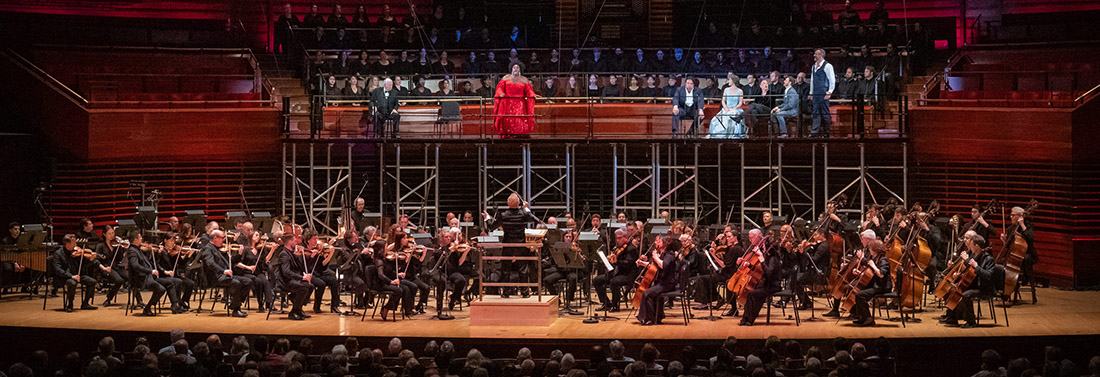
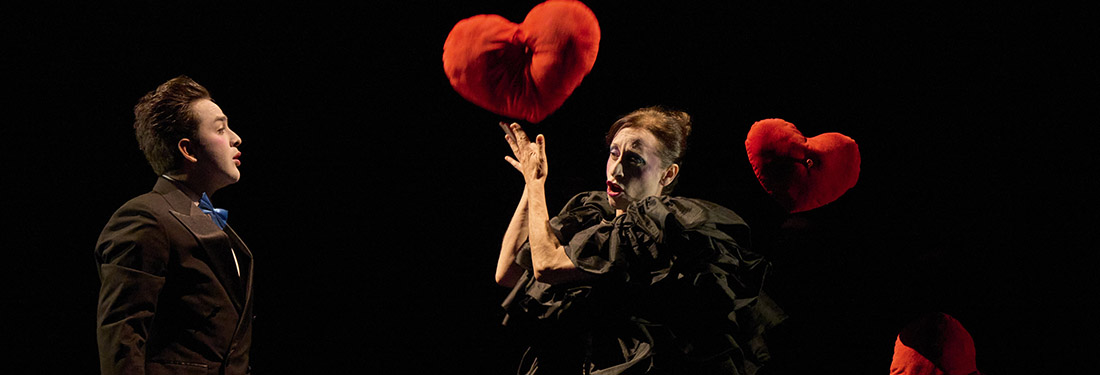
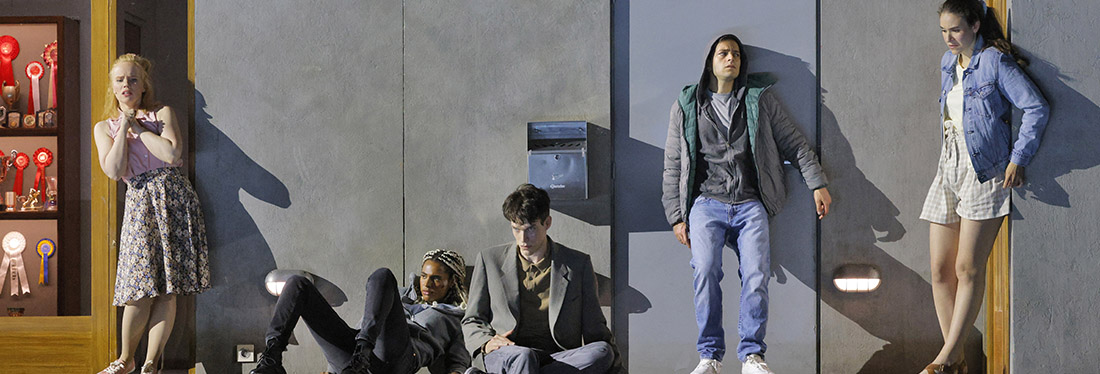
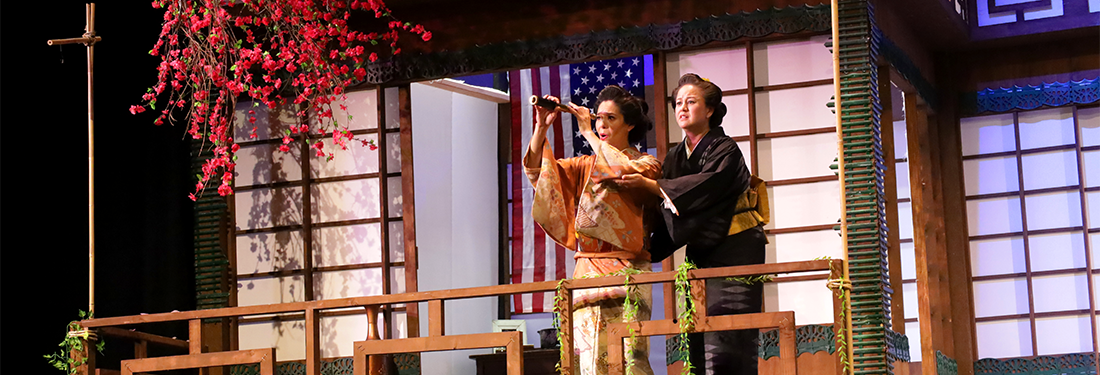
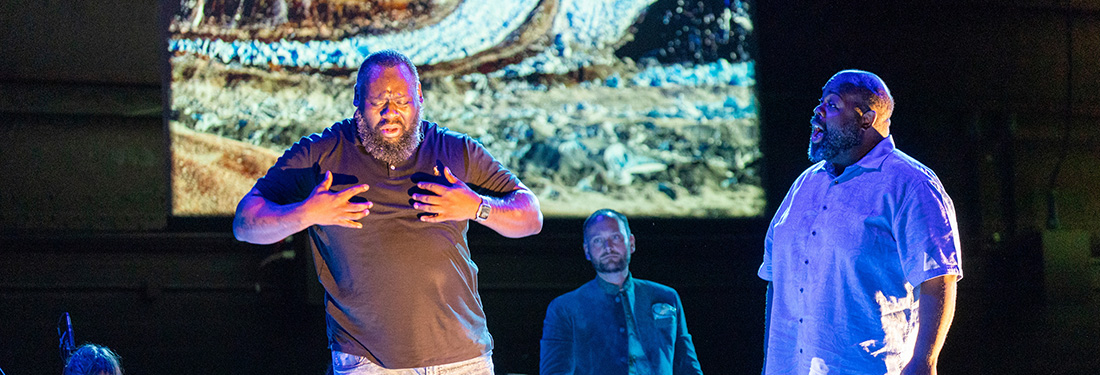
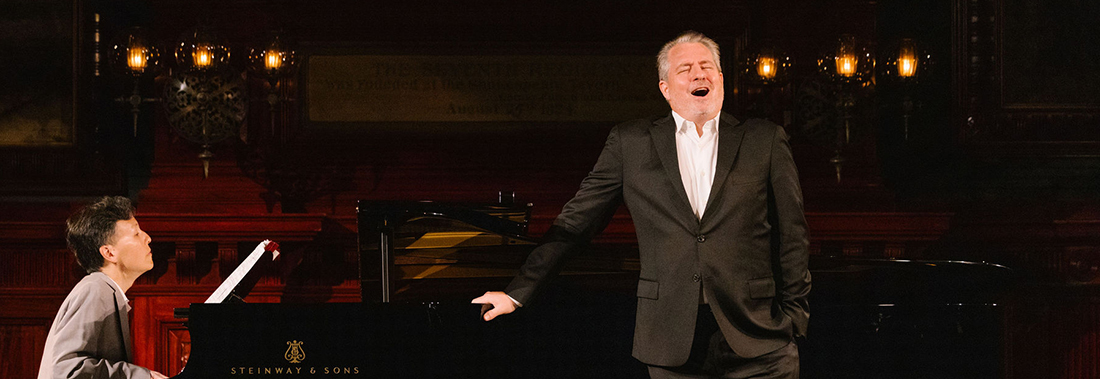
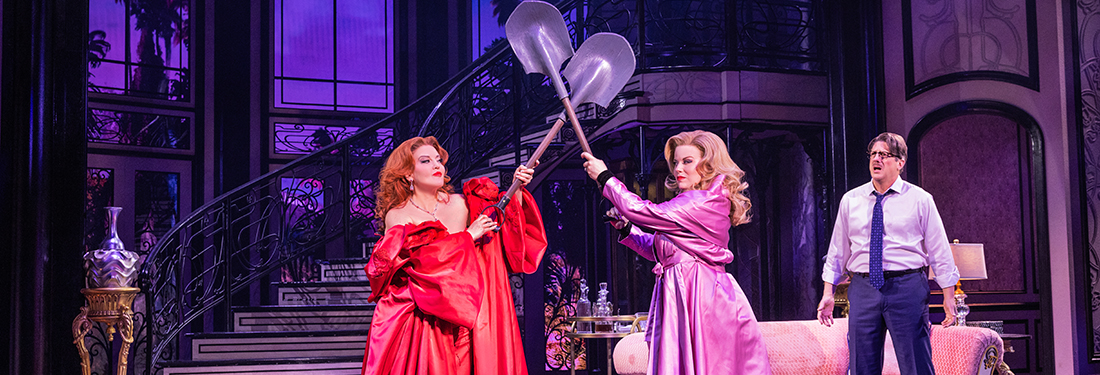
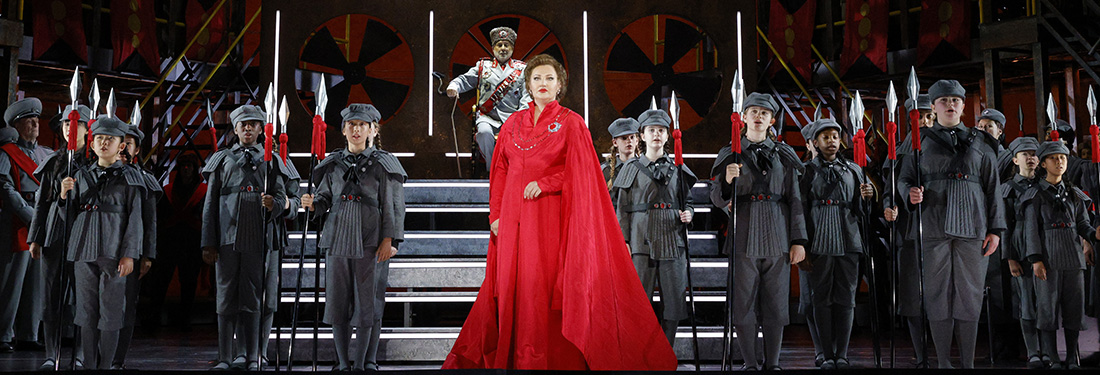

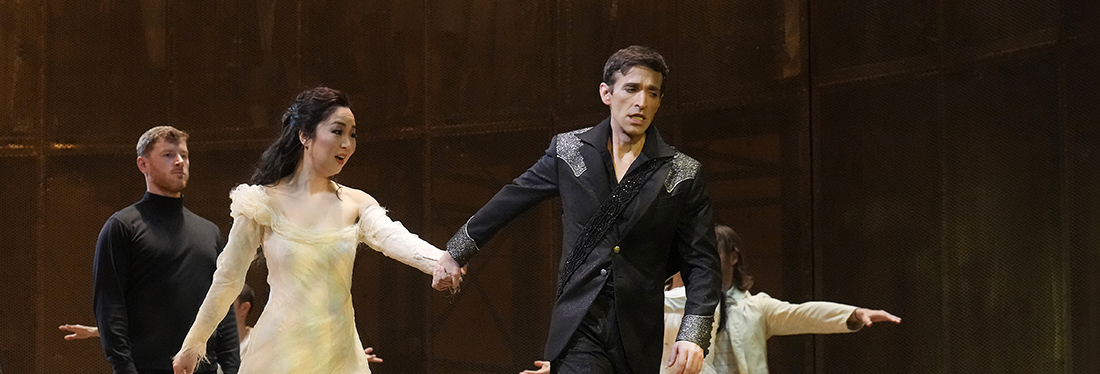
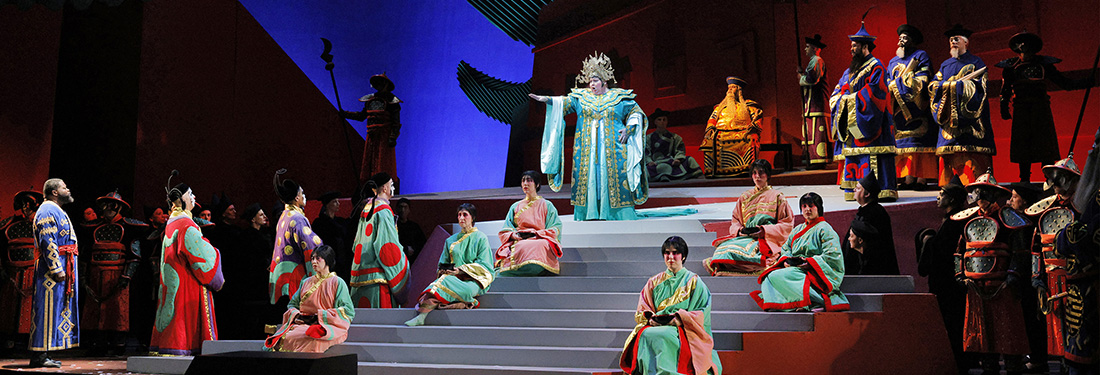
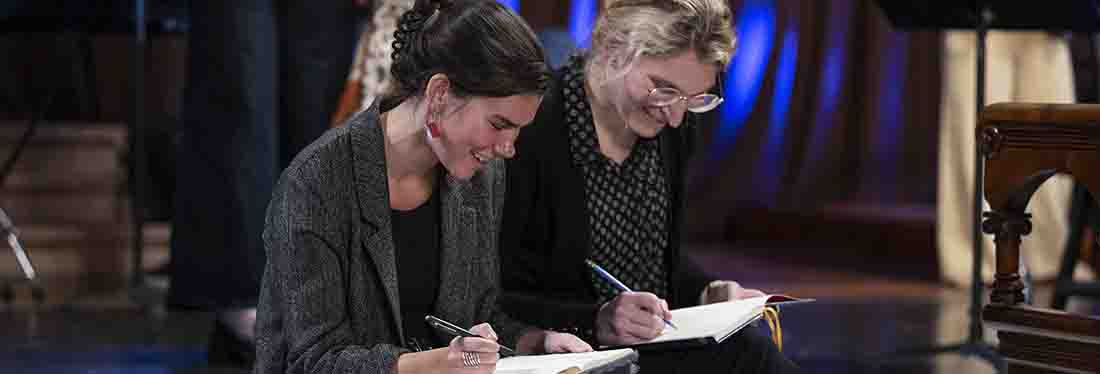


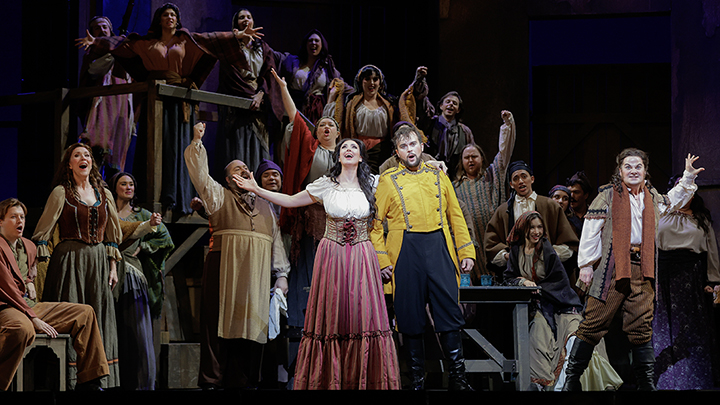





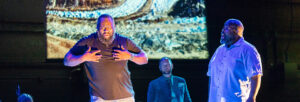




Comments